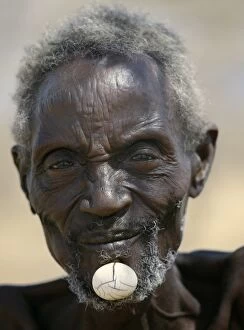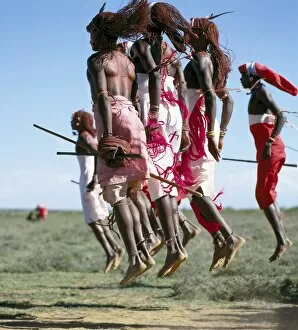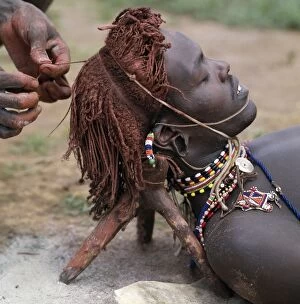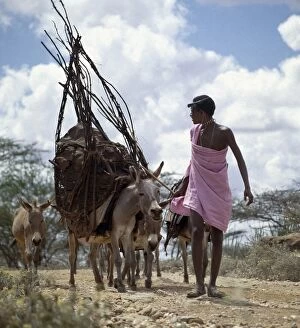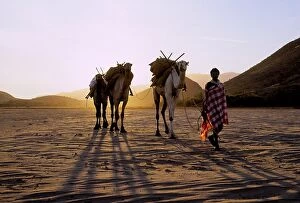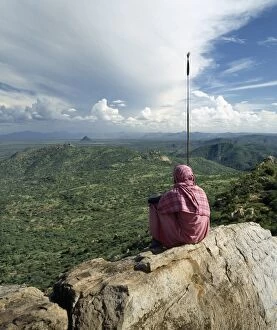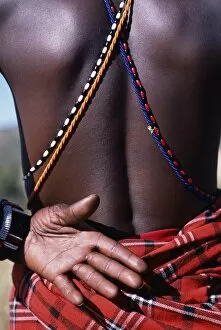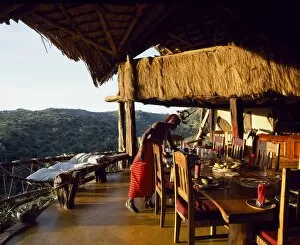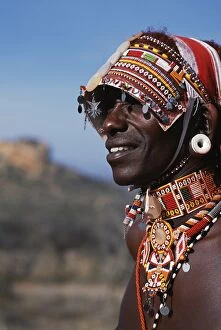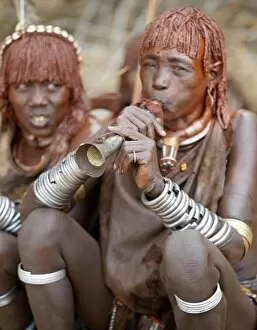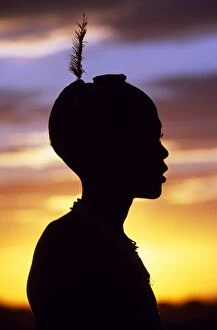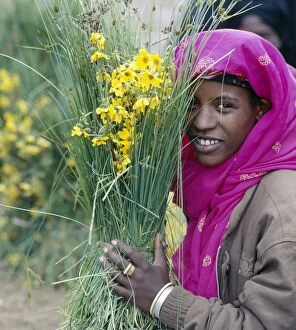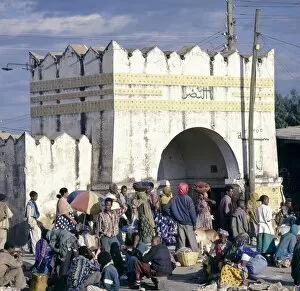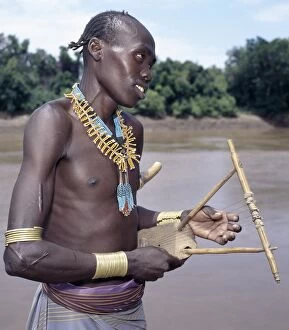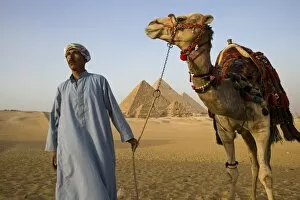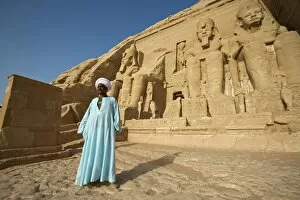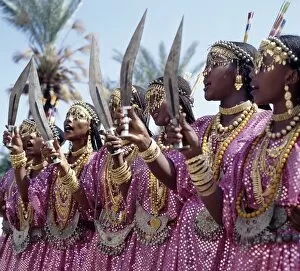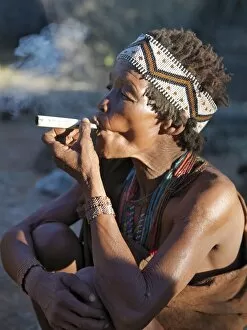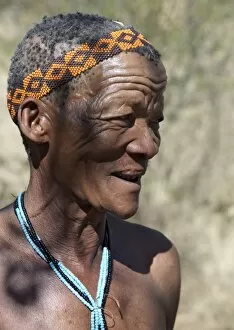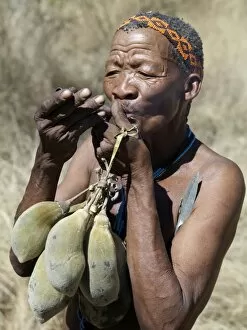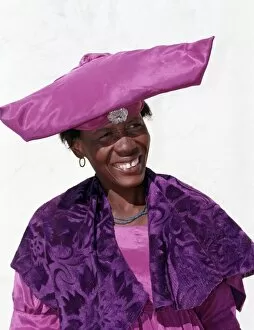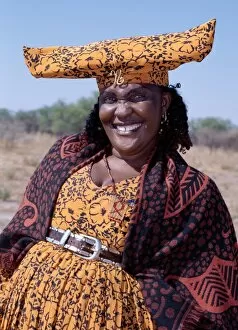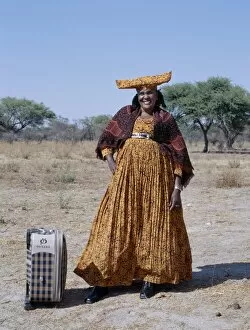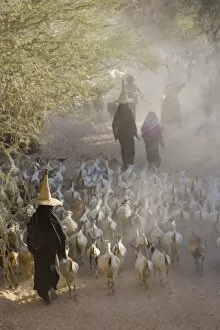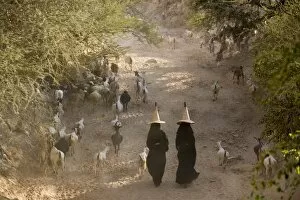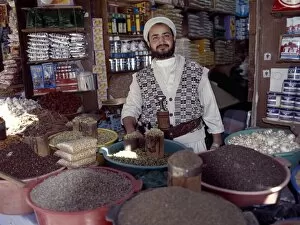Traditional Dress Collection (#11)
"Exploring the Vibrant Tapestry of Traditional Dress: From Ethiopia to India and Beyond" Step into the enchanting world of Ethiopian culture
For sale as Licensed Images
Choose your image, Select your licence and Download the media
"Exploring the Vibrant Tapestry of Traditional Dress: From Ethiopia to India and Beyond" Step into the enchanting world of Ethiopian culture, where traditional dress is an integral part of everyday life. Witness the captivating Ethiopian coffee ceremony and be mesmerized by the intricate patterns and vibrant colors adorning their attire. Journey to Lalibela, a UNESCO World Heritage Site in Ethiopia, where ancient rock-hewn churches stand as a testament to centuries-old traditions. Here, locals proudly showcase their unique traditional dress that reflects the rich history and heritage of this remarkable place. In Wollo, Ethiopia's heartland, immerse yourself in a kaleidoscope of colors as you witness locals donning their traditional garments during festive celebrations. Experience firsthand how clothing becomes a canvas for self-expression and cultural identity. Travel across continents to Scotland's breathtaking Glencoe region, where bagpipers clad in kilts evoke both awe and nostalgia with every soul-stirring note they play. Their distinctive tartan patterns tell stories passed down through generations. Delve into Spain's artistic legacy with "El Jaleo, " a masterpiece by John Singer Sargent that captures flamenco dancers adorned in exquisite Spanish dresses called "trajes de flamenca. " These flamboyant costumes embody passion and grace. Marvel at Sikhs standing tall before the resplendent Golden Temple in Amritsar, India – not only seeking spiritual solace but also showcasing their distinct style through turbans (dastaars) and colorful garments known as "bana. " Join Indian women patiently queuing outside the Taj Mahal wearing elegant saris – an embodiment of gracefulness that has transcended time since its creation centuries ago. This UNESCO World Heritage Site serves as an iconic backdrop for these timeless fashion statements. Travel back in time to 1920s China with "The Kitchen-God, " an enigmatic artwork that depicts a traditional Chinese deity.



